Why Beef Tallow is the Ultimate Kitchen Staple
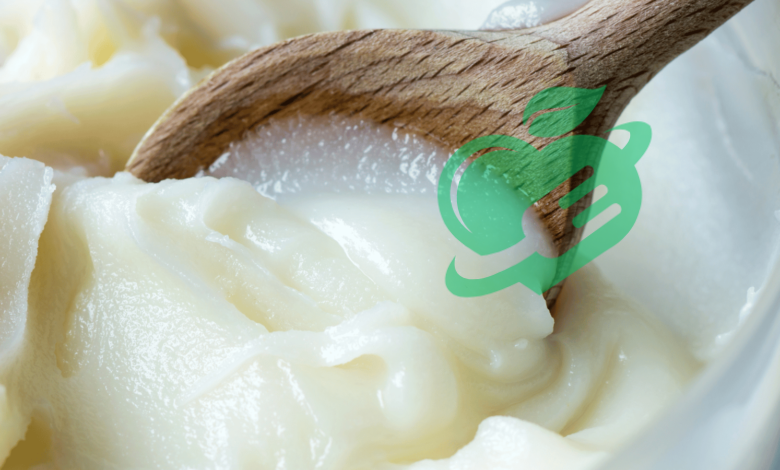
What is Beef Tallow?
Beef tallow is rendered fat from cattle, prized for its rich flavor and high smoking point. Often used in traditional cooking, it serves as an excellent substitute for oils and butter. This versatile fat can add depth to dishes and is celebrated by chefs for its ability to enhance textures.
History of Beef Tallow Usage
Beef tallow has a long-standing history, dating back centuries. Once a staple in kitchens, it has seen a resurgence as people look for natural cooking fats. Key points include:
- Historical Significance: Used by Native Americans and European settlers for various culinary applications.
- Industrial Use: In the 19th century, tallow was pivotal in candle making and soap production.
- Modern Revival: As health trends shift, many are rediscovering this nutrient-rich fat for cooking.
Read also: Magnesium Oil: An Easy and Effective Solution for Everyday Issues.
With the growing interest in sustainable traditional foods, this lard has gained popularity again. It reminds us of simpler times and the value found in healthy, natural ingredients.
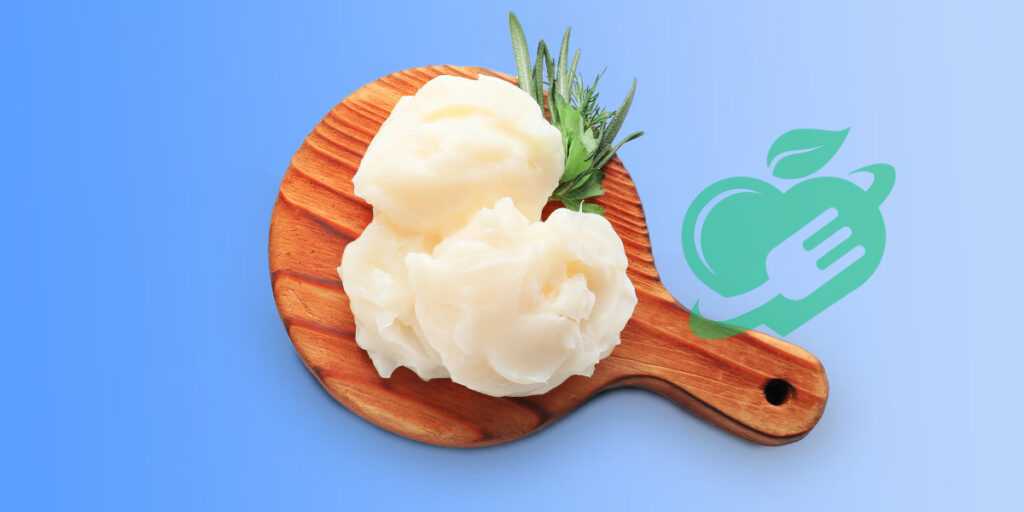
Nutritional Profile of Beef Tallow
Beef tallow boasts a rich nutritional profile, providing numerous health benefits. It’s primarily composed of saturated fats, which are essential for hormonal balance and energy. Key components include:
- Omega-3 and Omega-6 fatty acids: Important for brain health.
- Vitamins A, D, E, and K: These are Vital for immune function and overall health.
Advantages over Seed Oils
When compared to seed oils, tallow shines in several areas. For example, it maintains its stability at high cooking temperatures, reducing the potential for harmful compounds to form. Additionally, as more people look for nutrient-rich options, it has proven to be a reliable option without the processing concerns that often accompany seed oils. In culinary practices, its consumption not only enhances flavor but also aligns with health goals. This makes it an excellent choice for those looking to include healthy, traditional fats in their diet.
Read also: Magnesium Oil: An Easy and Effective Solution for Everyday Issues
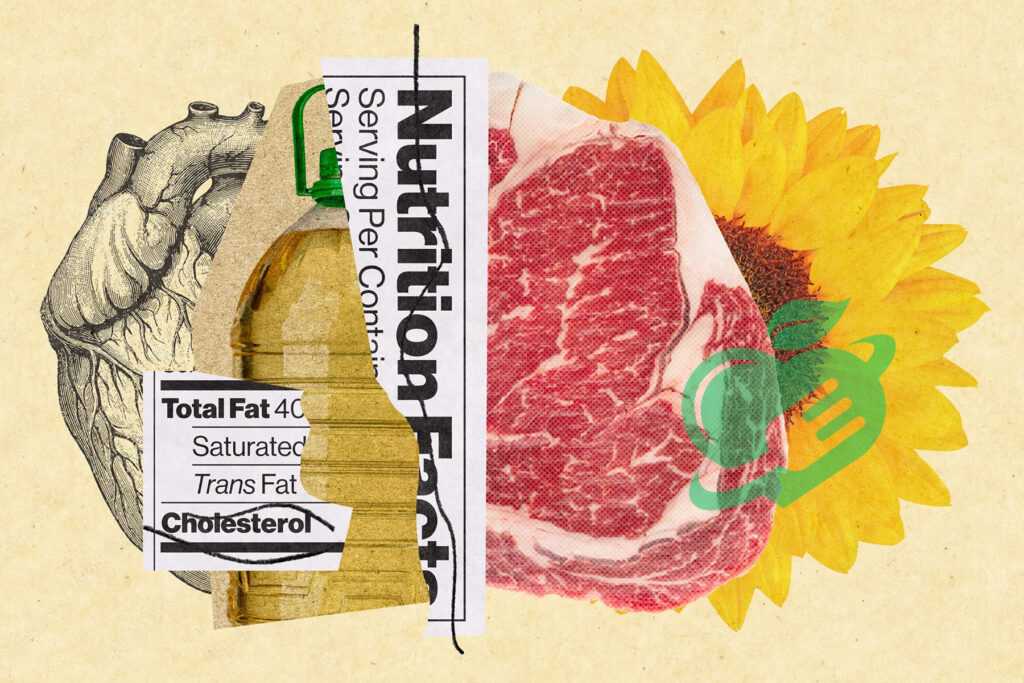
Saturated Fats vs. Polyunsaturated Fats
The debate between saturated fats, like those found in beef tallow, and polyunsaturated fats, prevalent in many seed oils, is ongoing. Saturated fats are hailed for their stability, making them ideal for cooking at high temperatures without breaking down.
- Saturated Fats:
- Provide lasting energy.
- Essential for cellular health.
- Polyunsaturated Fats:
- It can oxidize quickly under heat, forming free radicals.
Impact on Heart Health
Heart health is a crucial consideration in dietary choices. While traditional guidance warned against saturated fats, recent studies suggest they may not be as harmful as once thought.
- Beef Tallow:
- It may support healthy cholesterol levels.
- Contains nutrients that promote heart function.
- Seed Oils:
- Often linked to inflammation if consumed excessively.
- Highly processed, which can detract from their health benefits.
In summary, transitioning to beef tallow can not only enhance flavor but may also be a heart-healthy choice, especially when compared to less stable, highly processed seed oils. Choosing natural fats can support well-being while preserving culinary traditions.

Culinary Uses of Beef Tallow
Beef tallow is exceptionally suited for high-heat cooking thanks to its high smoke point, typically around 400°F (204°C). This makes it ideal for various cooking methods, including:
- Frying: Perfect for crispy fried chicken or French fries.
- Searing: Enhances the flavor of steak or vegetables quickly.
- Roasting: Helps achieve golden, crispy skins on meats and potatoes.
His choice of these applications not only supports better cooking techniques but also adds a unique flavour to the dishes.
Read also: How to Make Hearty Barley Beef Soup at Home.
Flavor Enhancements
Beyond its cooking capabilities, beef tallow brings a rich umami flavor to meals. Its luxurious texture elevates simple dishes such as:
- Biscuits and pastries: For tender, flaky results.
- Soups and stews: Add depth and heartiness.
- Vegetable sautéing: Enhances rustic dishes with a savory taste.
Incorporating beef tallow into recipes can transform everyday meals into gourmet experiences. Whether frying or roasting, using this traditional fat can truly enhance flavors and textures, reminding cooks of the value of time-honored techniques.
Read also: Life After Open Heart Surgery: Tips for a Smooth Recovery

How to Render Beef Tallow at Home
Step-by-Step Process
Rendering beef tallow at home is surprisingly simple and rewarding. Here’s a quick guide to get you started:
- Gather Ingredients: Start with beef fat (also known as suet).
- Chop the Fat: Cut into small pieces to speed up melting.
- Heat gently: Place fat in a slow cooker or heavy saucepan on low heat.
- Stir Occasionally. Allow it to melt slowly, preventing burning.
- Strain: Once melted, strain through a cheesecloth to remove solid bits.
- Cool and Store: Pour into jars and let it cool completely before sealing.
Storage and Shelf Life
Once rendered and cooled, beef tallow can be stored safely in several ways:
- Refrigerator: Stays fresh for about 6 months.
- Freezer: Extends shelf life up to a year.
- Room Temperature: If kept in a cool, dark place, it lasts several weeks.
Rendering tallow at home not only gives you control over the quality but also creates a pantry staple that enhances your cooking. With the right storage, you can enjoy this nutritious fat for various culinary delights!
Read also: Black Seed: The Miracle Cure You Need Toda
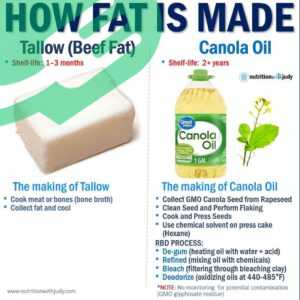
Myths and Facts about Beef Tallow
There are several misconceptions surrounding beef tallow that deserve clarification. Many people believe that all saturated fats are harmful and associate them with heart disease. However, these views often overlook the nuanced roles fats play in our diet. Common myths include:
- Myth 1: Beef tallow raises cholesterol levels dangerously.
- Myth 2: It causes weight gain compared to other fats.
Evidence-Based Research
Research begins to dispel these myths, showing that moderate consumption of saturated fats like beef tallow can be part of a healthy diet. Studies indicate that it can:
- Supports heart function: Some evidence suggests that the presence of saturated fats doesn’t equate to heart disease risk.
- Nurture vitamins: Tallow contains fat-soluble vitamins essential for health.
With growing evidence, embracing beef tallow can be a nutritious choice, contributing to a well-rounded diet. By differentiating fact from fiction, home cooks can confidently incorporate this traditional fat without guilt, enriching their dishes with flavor and health benefits.
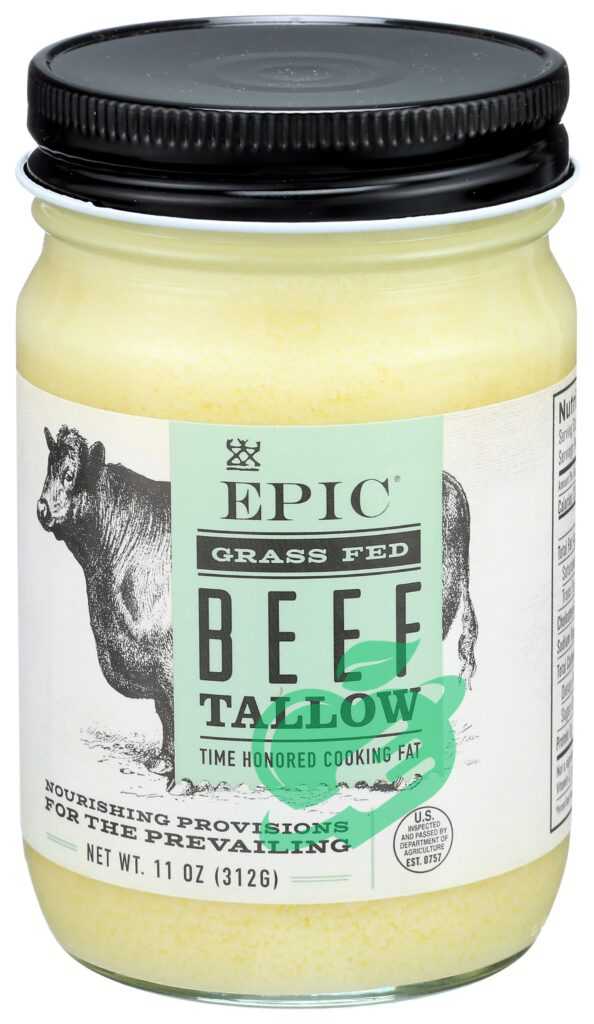
Environmental Considerations
When choosing beef tallow, considering sustainable sourcing is crucial. Opting for grass-fed, humanely raised cattle not only supports animal welfare but also promotes environmental health. Many local farmers offer these sustainable options, often emphasizing:
- Regenerative farming practices: These can enrich soil quality and promote biodiversity.
- Minimal waste: Utilizing the whole animal minimizes environmental impact.
Carbon Footprint Comparison
When comparing different cooking oils, it is important to consider the carbon footprint. While vegetable oils often require intensive agricultural practices, beef tallow is typically a by-product of meat production. This results in:
- Lower overall waste: Reducing the need for additional crops.
- Potentially lower emissions: When sourced from environmentally aware farms.
By choosing to source sustainably, consumers can enjoy its culinary benefits while making conscious decisions that contribute positively to preserving the environment. By adopting sustainable practices, we promote a more responsible approach to our food systems and their impact on the planet.
Read also: Choosing the Best Diet for Enhancing Brain Health

Incorporating Beef Tallow into Your Diet
Recipes and Cooking Tips
Incorporating beef tallow into your diet can be both delicious and straightforward. Here are some simple ways to get started:
- Fried Potatoes: Toss diced potatoes in melted tallow for crispy edges and rich flavor.
- Bounce Back Biscuits: Replace butter with tallow for a flaky, tender texture.
- Savory Soups: Use tallow to sauté your favorite vegetables before adding broth for depth.
Experimenting with these recipes not only enhances the flavor but also elevates the nutritional profile of your meals.
Read also: Dye Disasters? 7 Easy Solutions for Removing Hair Dye from Skin
Dietary Guidelines
When adding beef tallow to your diet, moderation is key. Aim for balance by:
- Pairing with vegetables: Transitioning to a whole-food diet ensures a range of nutrients.
- Listening to your body: Observing how it reacts can help you adjust your intake.
By carefully incorporating this fat into your cooking, you can enrich your meals while enjoying the rich, traditional flavors it provides. Making informed choices ensures that you can enjoy the benefits of this healthy fat without sacrificing nutritional balance.
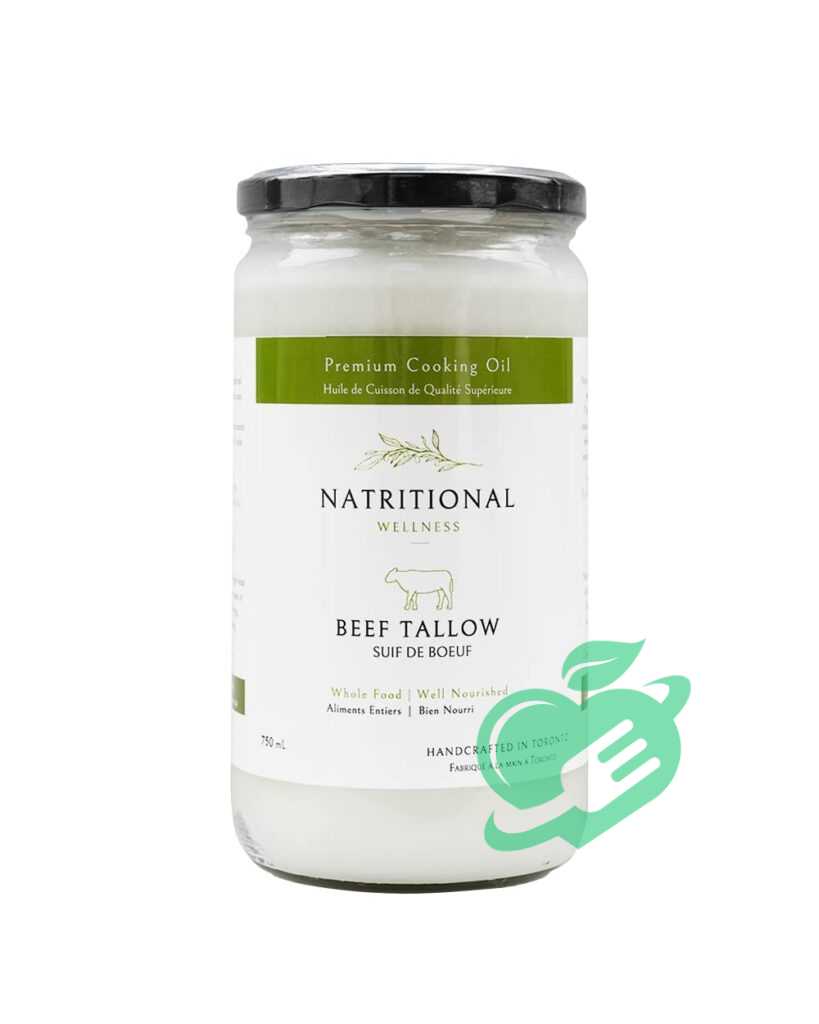
The Future of Beef Tallow in the Food Industry
The future of beef tallow in the food industry looks promising, with growing trends emphasizing natural ingredients. As consumers seek healthier, more sustainable options, it is also making a comeback in a variety of sectors. Notable innovations include:
- Artisanal Products: Small producers are highlighting tallow in gourmet cooking.
- Sustainable Practices: Increased focus on using byproducts in food production, minimizing waste.
These trends reflect a shift toward traditional cooking methods that resonate with modern values.
Consumer Awareness
Consumer awareness around health and sustainability is driving interest in beef tallow. With more people understanding the benefits of natural fats, their usage is growing steadily. To keep informed, consider:
- Reading Labels: Look for products that highlight sustainable sourcing.
- Exploring Recipes: Try new dishes that utilize tallow, boosting your culinary skills.
As awareness spreads, beef tallow is poised to reclaim its rightful place in kitchens across the globe. By embracing traditional ingredients, consumers can contribute to a healthier food landscape while enjoying the rich flavors that come with them.
What is beef tallow used for?
Beef tallow is commonly employed for high-temperature cooking methods like deep frying and roasting. In addition to its culinary uses, tallow has various non-food applications and can be found in candles, soaps, and skincare products, as well as for seasoning cast-iron cookware. Tallow has several similarities to lard. 1
Is beef tallow halal?
Halal Beef Tallow is produced from pure beef fat that has been slowly rendered and filtered twice. It comes in covered cups for your convenience and is perfect for enhancing the flavor of roasted potatoes or dishes like fried rice. 2
Potential benefits of using beef tallow on your skin
“Its natural and lipid-rich composition can make it an effective moisturizer and healing agent for those with eczema-prone or extremely dry skin.” Tallow’s essential fatty acids and antioxidants can also be helpful with inflammation . 3.
Conclusion
Your body is a mirror of what you eat, so make your food your source of strength and health. Choose with love and awareness what nourishes your body and soul, and be a friend of nature and its colors on your plate because proper nutrition is the key to a life full of energy and wellness. Follow us constantly as we strive to provide more useful articles and reliable information that can make a difference in your daily life and help you achieve your health goals.
- mayoclini ((↩))
- bespokediningclub ((↩))
- prevention).
Does beef tallow help acne?
Unexpectedly, tallow can significantly impact acne treatment; its natural fatty acids work to balance skin oils and decrease inflammation. Just ensure that it is of high quality and sourced from grass-fed animals. (( allure ((↩))



